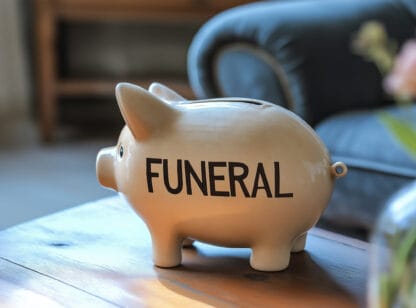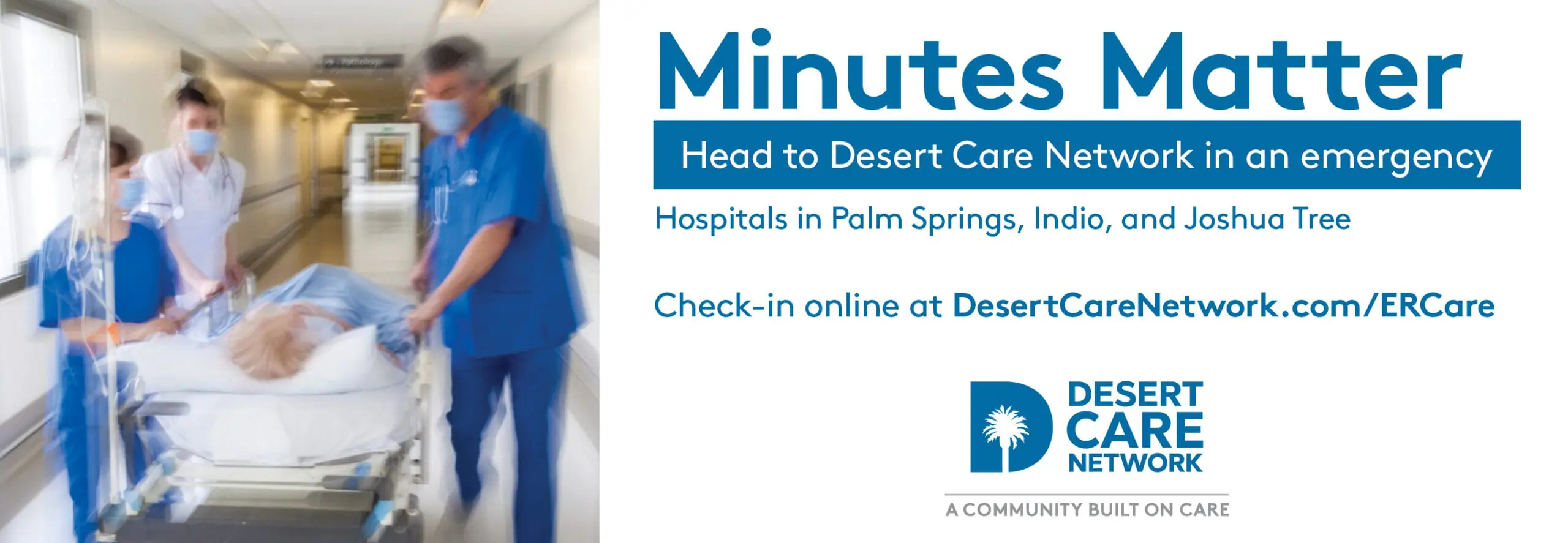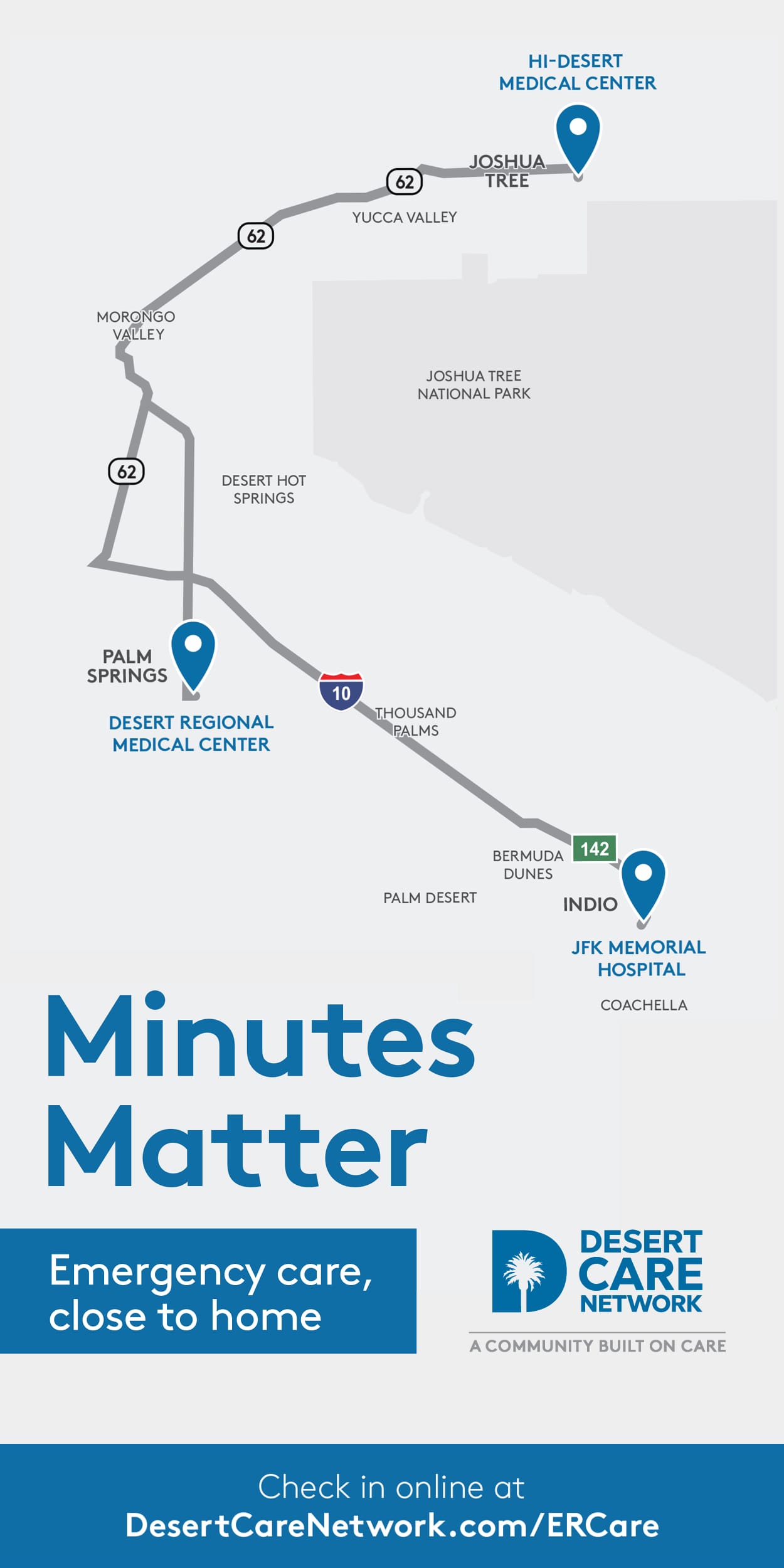If you are enrolled in Medicare and your prescription drug costs are overwhelming your budget, there are some government programs available.
Extra Help, also known as the Low-Income Subsidy, is a government program that may help pay for Medicare Part D prescription medication costs. Like everything in life, you will have to see if you qualify for the program. People who receive this financial help may get assistance for certain items such as help in paying for their Part D drug coverage plan. Qualified applicants may also get assistance for other items such as their monthly premium, annual deductible, coinsurance, and copayments towards their prescription drug costs. Once in the program, the recipient will not be exposed to having a coverage gap, or the “Donut Hole.” This occurs after your total drug costs reach a certain dollar amount determined by Medicare annually. For 2017, it is $3,900.
Many Medicare beneficiaries, and especially those who thought they had a comfortable retirement plan, never really thought they would need to ask for assistance. However, with the rising costs of pharmaceuticals and the longevity of retirees, living longer can mean depleting financial resources that were allocated for health care expenses. This subsidy program can help in bridging the gap.
The amount of the subsidy provided by the government is determined based upon an individual’s income compared to the federal poverty level. The resource limits and the amount provided are set by the Social Security Act. These levels can change from year to year but may be reviewed by the recipient annually by going to the Medicare.gov website.
While you have to qualify for the subsidy each year, I would like to share with you the 2017 figures. For a single person, the income level would have to be $18,090 or less per year and assets could not exceed $13,820. For married couples, combined yearly income could not exceed $24,360 with assets totaling no more than $27,600. However, the calculation does not include your home (or primary residence), insurance policies, or a vehicle in calculating your eligibility as these assets are exempt from the formula. Having said that, assets such as cash, bank accounts (savings, checking, certificates of deposit), mutual funds, IRAs, brokerage accounts, real estate (other than your primary residence) and U.S. savings bonds are factored into the calculation. (Please see the website for the entire list in determining one’s eligibility).
Besides one’s income and assets, there are some mandatory requirements as well. For example, you must be on Medicare, live in one of the 50 states or the District of Columbia, and you must apply.
For the purposes of this article, I have outlined the basics. The government considers many other factors (Hawaii and Alaska have some special eligibility criteria). Therefore, if you think you might qualify, go ahead and apply. The application and the information can be located on the www.Medicare.gov website. You may also call the Social Security Administration at (800) 772.1213 from 7:00 AM to 7:00 PM (ET) Monday – Friday.
Cindy Kleine is an independent sales agent with Kleine Financial & Insurance Solutions, Inc., and can be reached at (760) 346.9700. CA License #0877352.
Source: 1) www.medicare.gov











































Comments (0)